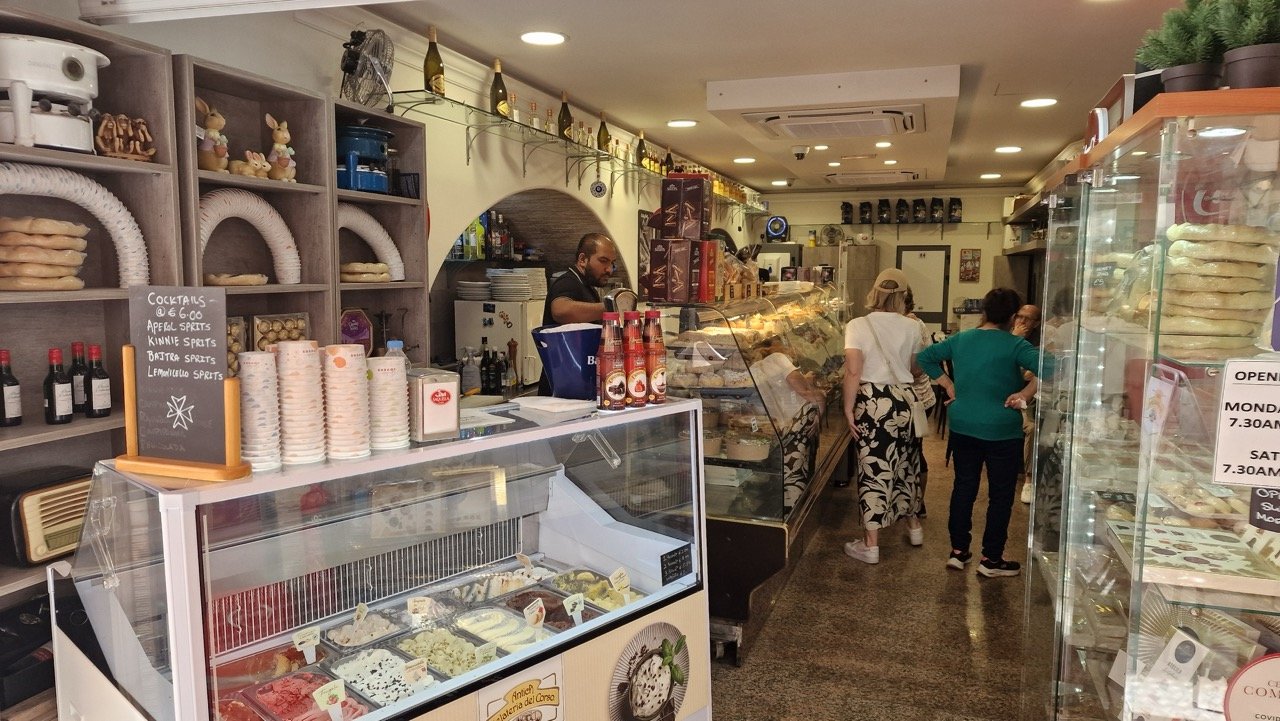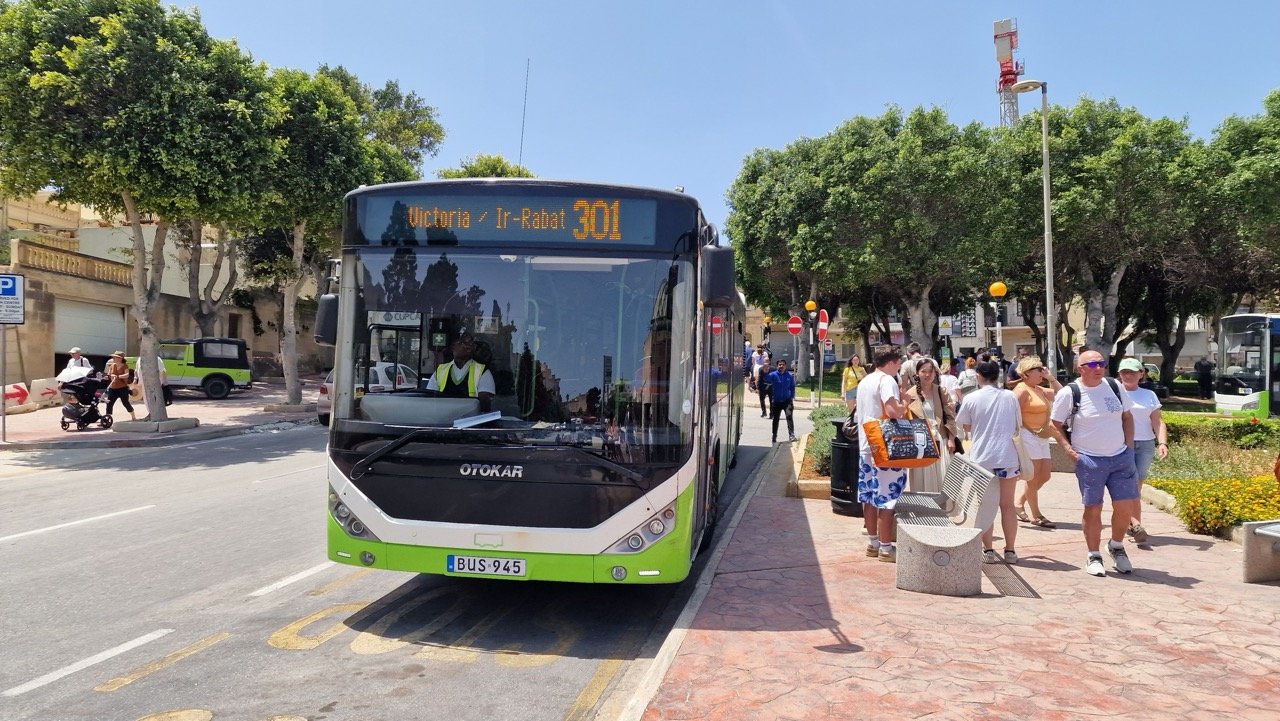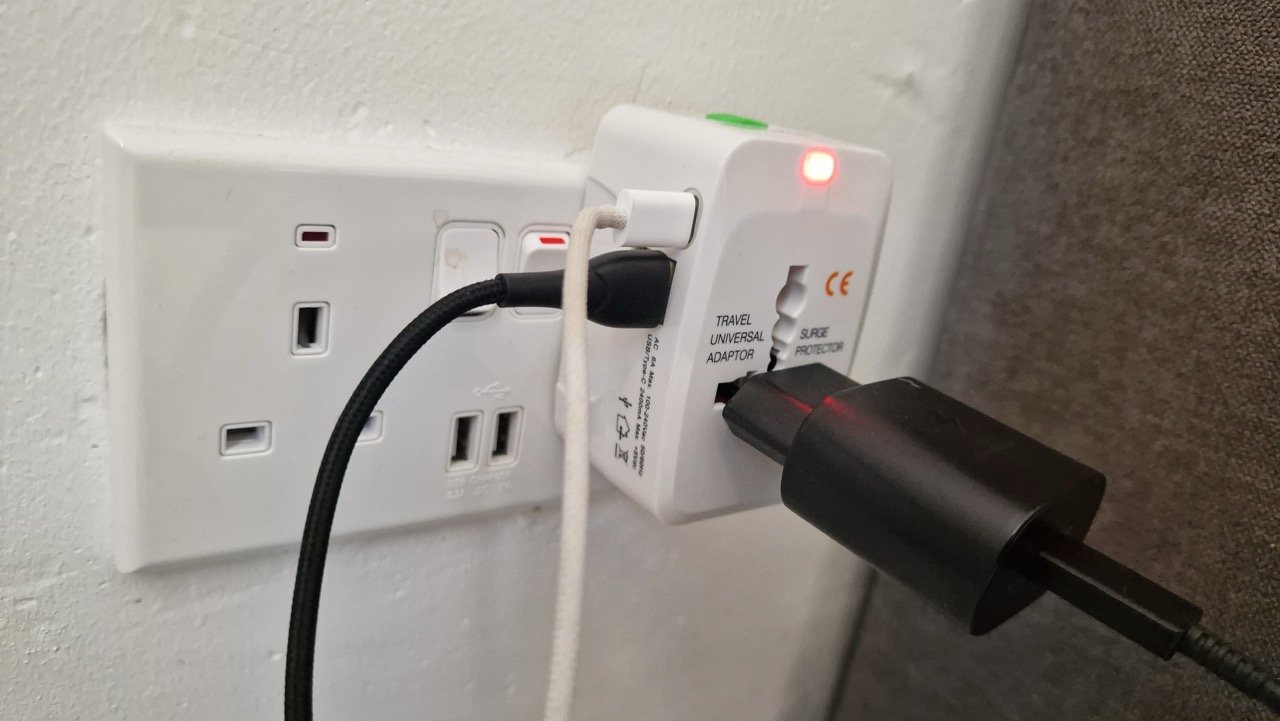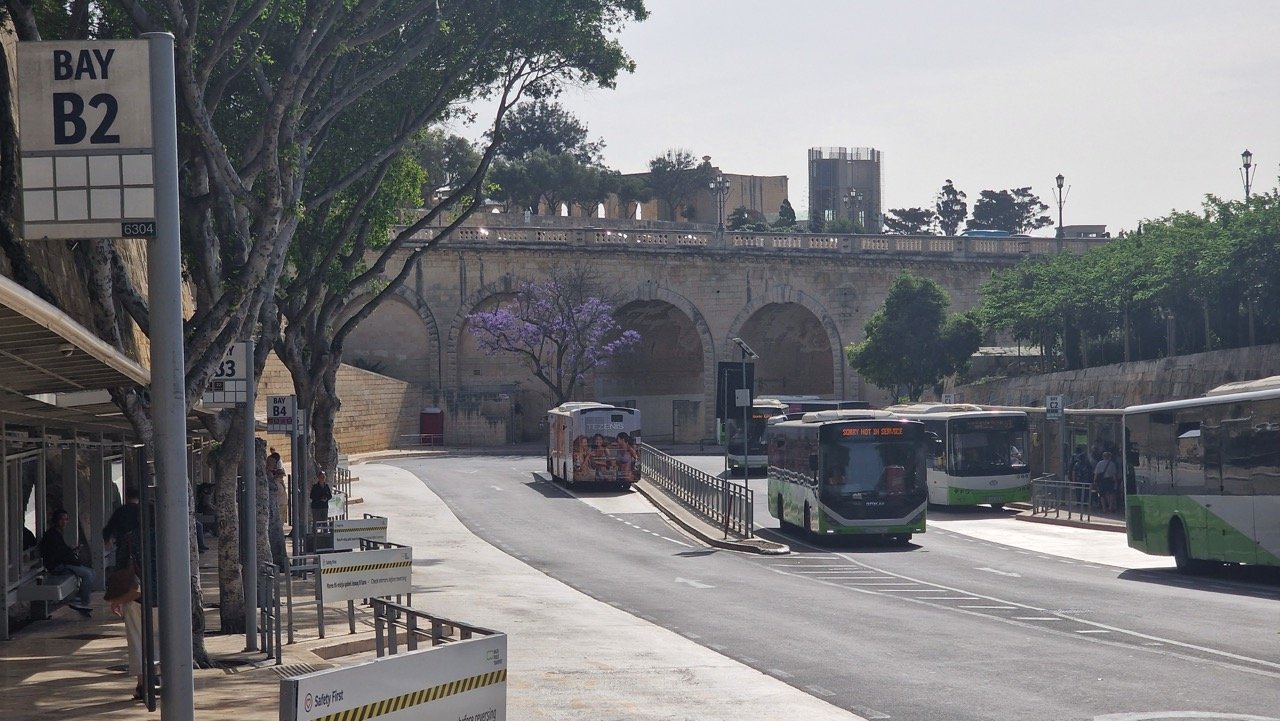A lot of people wonder about prices in Malta — is it an expensive or a budget-friendly country? But this isn’t something that can be summed up in a single sentence, or even in one article.
Malta prices in a nutshell
Overall, Malta’s prices are moderate compared to other Southern European countries. The biggest expense is accommodation: if you book early (and avoid peak season), you’ll save a lot. Flights are cheap if you’re flexible and book ahead. Buses + walking are affordable and work well; car rental is convenient but more expensive. Choosing grocery stores or street food instead of sit-down restaurants can significantly reduce your daily spending. Most beaches are free. If you plan consciously, a vacation in Malta can be surprisingly cheap.
It’s not really about whether a country is “expensive or cheap” — it’s about your personal choices: when you go, where you stay, how you get around, what you eat, and how many extras you want to include.
In Malta, you can easily have a budget-friendly week filled with walking, buses, and street food — or a comfortable vacation with car rental, boat trips, and restaurant dinners. One will cost more, the other less — but either can be the right choice if it fits your style.
Malta Prices – Some Real-Life Examples
Here are a few Malta price examples from 2025 based on our own spending and preferences. They’ll give you a rough idea of what to expect.
- Weekly unlimited bus pass: €25
- Main dish at a mid-range restaurant: €10–15
- Entrée at a more upscale place in Valletta: €20–30
- Comino – Blue Lagoon boat tour: €20 (we haggled)
- Valletta ferry (to Sliema or the Three Cities): €2.50
- Valletta – Gozo fast ferry: €7.50
- 1 kg of grapes (Lidl): €3.49 – €3.99
- Coffee – cappuccino: €1.60 – €1.80
- Ice cream (1–3 flavors/scoops): €3 – €6
Everyone’s Different – So There’s No Single “Malta Price”
Whether something feels expensive is totally personal. We all earn differently, spend differently, and define “basic” differently. What’s a luxury for one person might be a given for someone else.
Travel styles vary too. A backpacker takes buses and eats sandwiches by the sea. A family needs 3–4 tickets, a bigger room, and daily ice cream. A comfort-focused traveler rents a car and dines at restaurants. All of these are great choices — and each will result in different travel costs.
Your purpose matters too. A short city break, a one-week vacation, a language course, or even moving to Malta — each has its own spending structure. Students usually look for accommodation + food packages. Vacationers might spend more on transport and activities.
Expectations vary wildly as well. Ocean-view balcony, central location, daily restaurants — or a 10–15 minute bus ride, apartment with a kitchen, and a mix of groceries and street food? Same island, very different price tags.
Here are some of the biggest cost drivers for your Malta vacation:
- Location and season (center/beachfront vs. backstreets; July vs. October)
- Transportation (bus vs. car rental + parking + insurance)
- Meals (restaurant every day vs. mixed approach or street food)
- Activities (free city walks vs. boat tours, museums, entrance fees)
When Is Malta More Expensive, and When Is It Cheaper?
June–September is the high season. That means more visitors, higher hotel rates, and even pricier public transport. Tours and activities can also have peak-season surcharges.
Spring and fall are a great middle ground. In April–May and September–October, you’ll enjoy lower prices, good weather, and smaller crowds.
Winter is the most wallet-friendly season. Even fewer people, even cheaper accommodation. In exchange, expect more wind and rain. It’s perfect for sightseeing, less so for beach days.
Your location matters too. Valletta–Sliema–St. Julian’s are typically more expensive than places like St. Paul’s Bay, Qawra, or Gozo. During high season the difference narrows, but it’s still noticeable.
Flight and hotel prices change dynamically. Flexible dates, early booking, and flying midweek can save you a lot. Also, if you don’t earn in euros, exchange rates can make a big difference — even week to week — in how expensive Malta feels.
Where Does the Money Go in Malta?
Accommodation is by far the biggest cost. Location and timing are key. Central hotels will cost the most, but even that varies greatly between seasons. Simple, no-frills apartments can be cheap. Apartments with good amenities and a kitchen might cost more upfront, but you’ll save on food.
Meals can be another big expense. Eating at restaurants twice a day will add up — even though Malta’s restaurant prices are mid-range compared to the rest of Europe. A smart mixed plan can save you money without sacrificing the vacation feel: groceries and cooking + street food + two nice dinners a week.
As for transportation, buses are not only cheap, but actually a great option. Riding a bus across the island in under an hour is an experience in itself. The network is dense and reaches most tourist spots. Renting a car is more comfortable, but once you factor in insurance, gas, parking, and deposit, the total cost goes up. Plus, in towns, driving is often slower than walking.
Most beaches in Malta are free. As for activities, there are plenty of free city walks, gardens, promenades, coastal rocks, and viewpoints. Paid activities like boat tours, museums, and caves are fairly priced compared to other countries. Our favorite Comino – Blue Lagoon tour cost us €20 per person after haggling — a solid deal.
Malta Prices Quick Reality Check – You Decide
By now, you probably see that whether Malta is expensive is really a matter of personal preferences. Is it expensive for you, when you plan to go, with your expectations?
Here are a few things you can easily check at home to decide whether Malta is expensive or cheap — for you. Even before booking your trip:
- Search for accommodations in Malta for your travel dates on booking.com or airbnb.com. That’ll give you a very good idea of your biggest expense: is it pricey or manageable?
- Open Google Maps, zoom in on your preferred area, and click “Restaurants.” Browse a few that have websites and check their menus. You’ll get a quick sense of local food prices.
- For grocery prices in Malta, check the websites of Lidl, Spar, Greens, or Wellbee’s.
With just 20–30 minutes of browsing, you’ll have your own customized, date-specific understanding of Malta prices.




